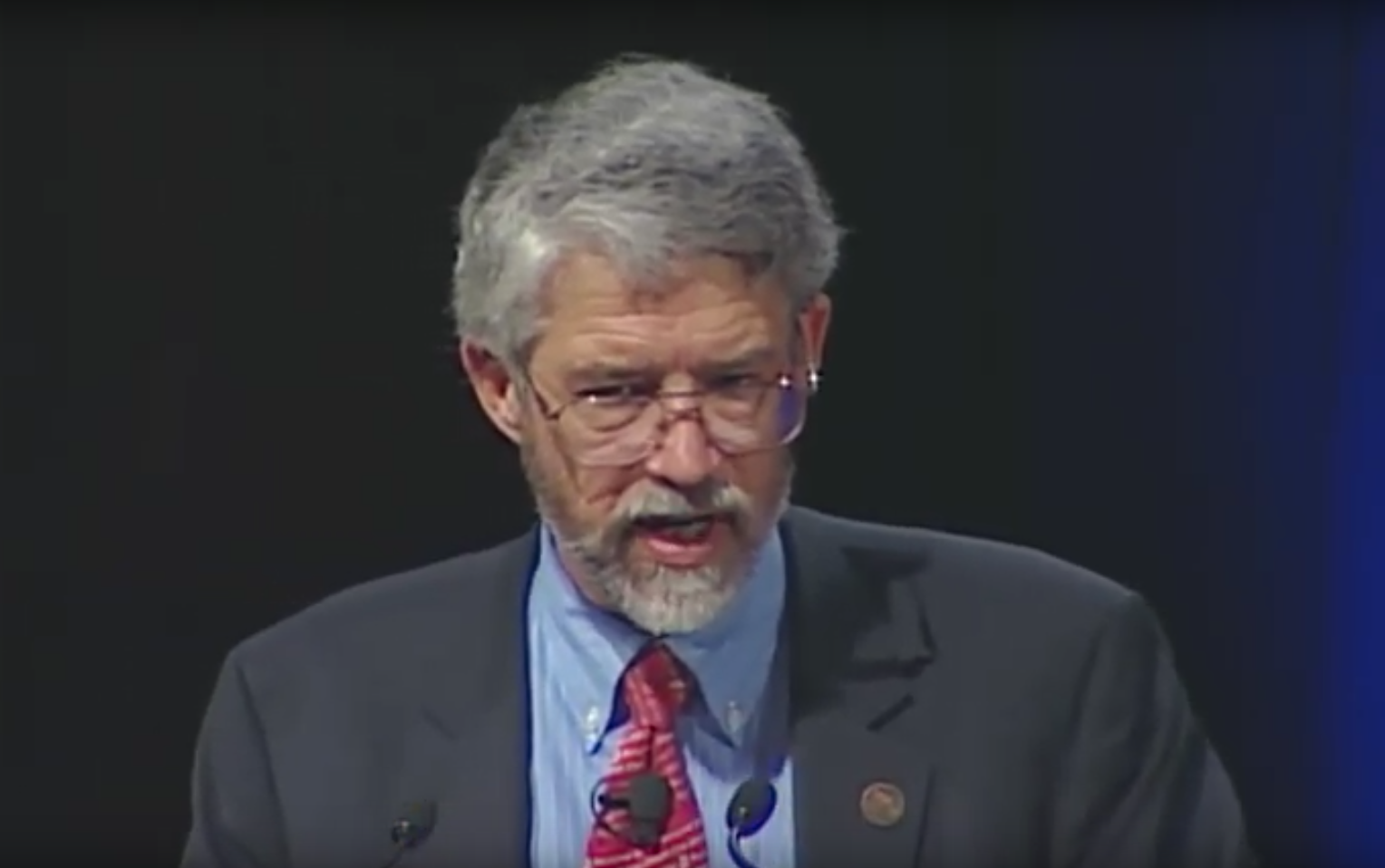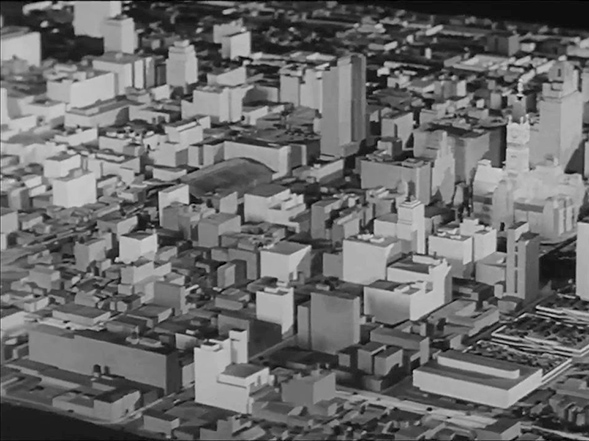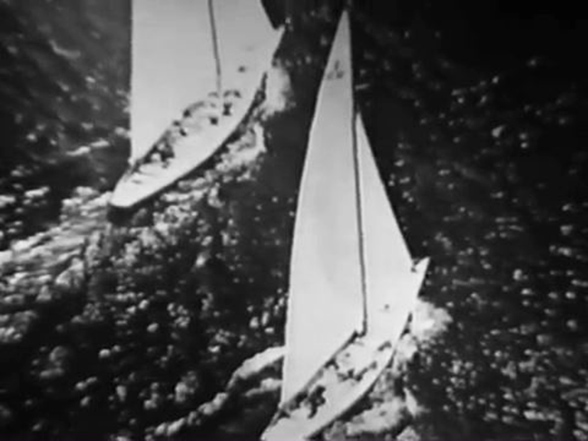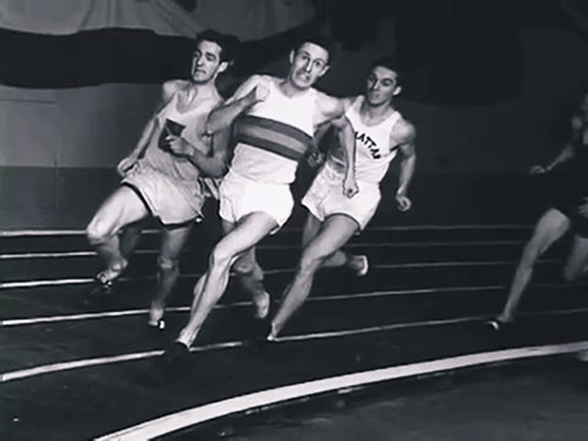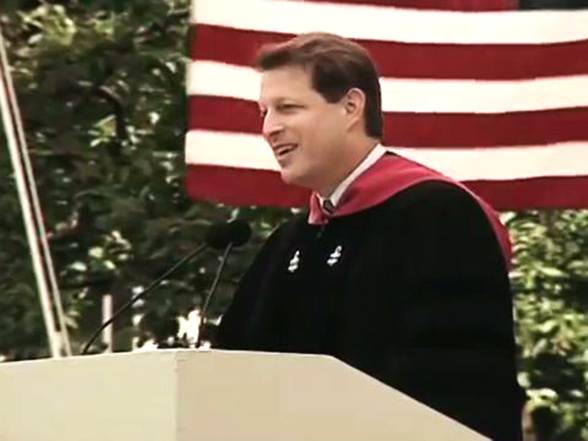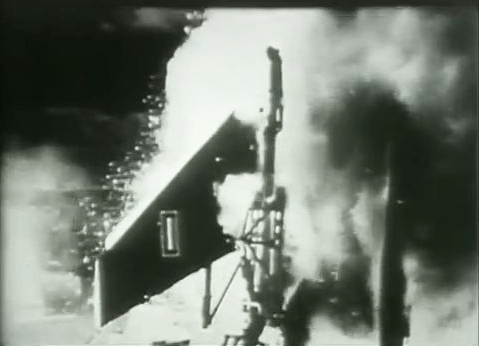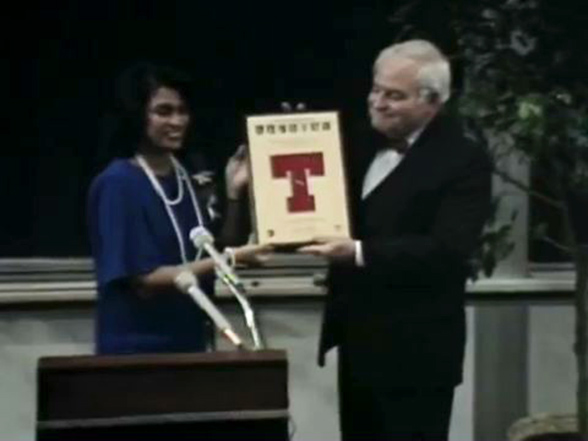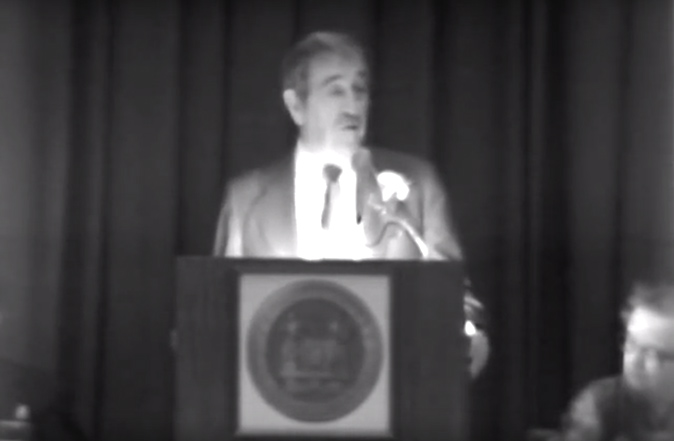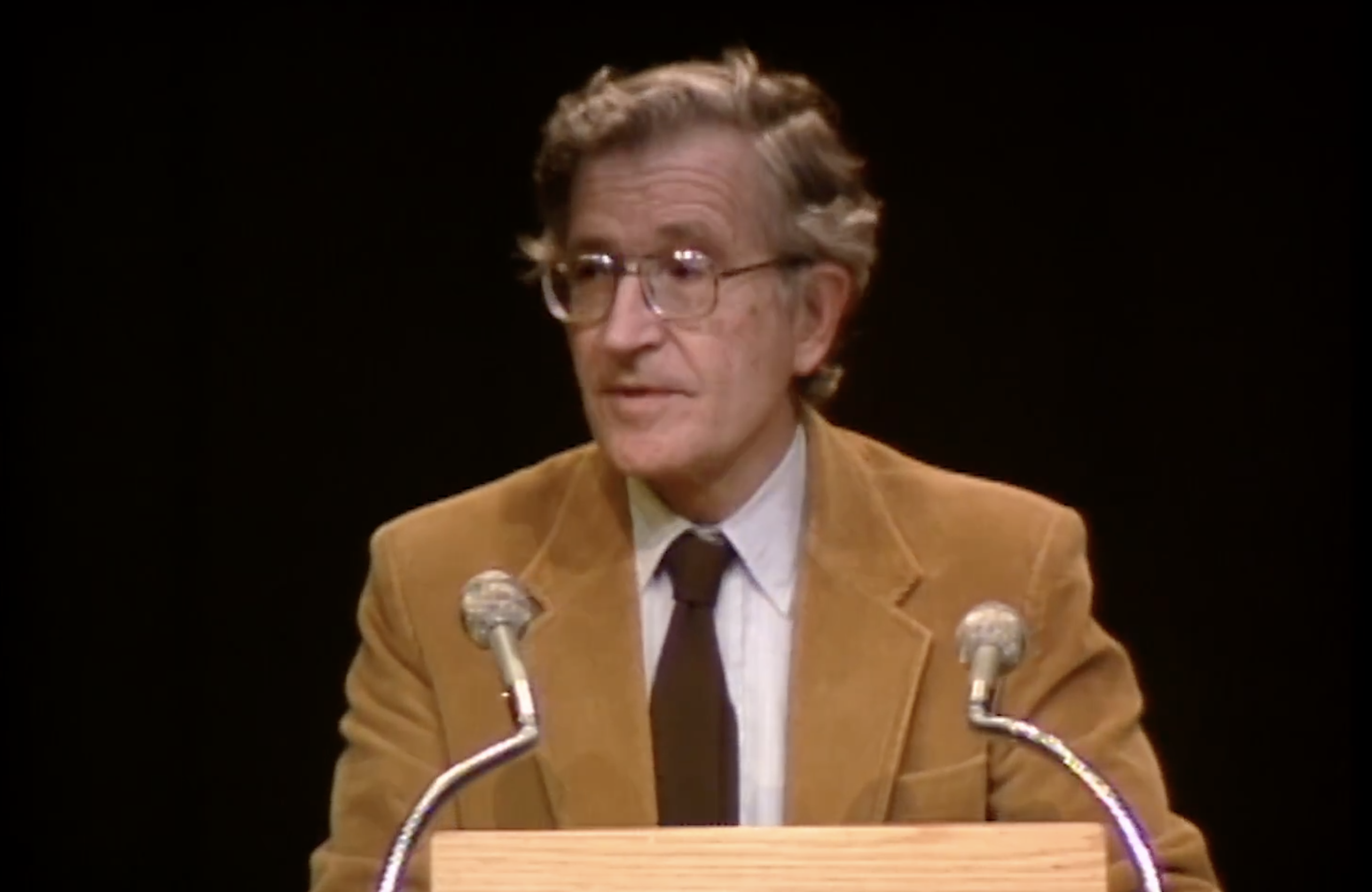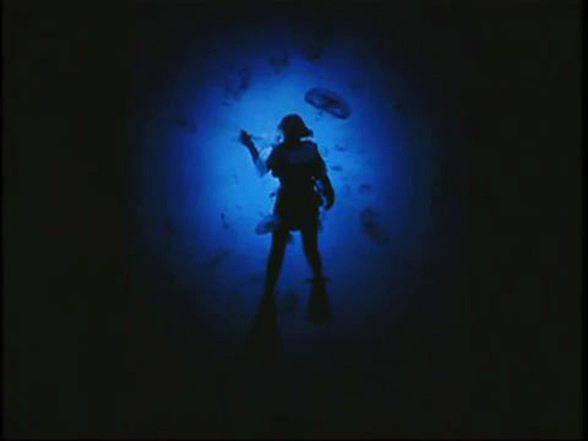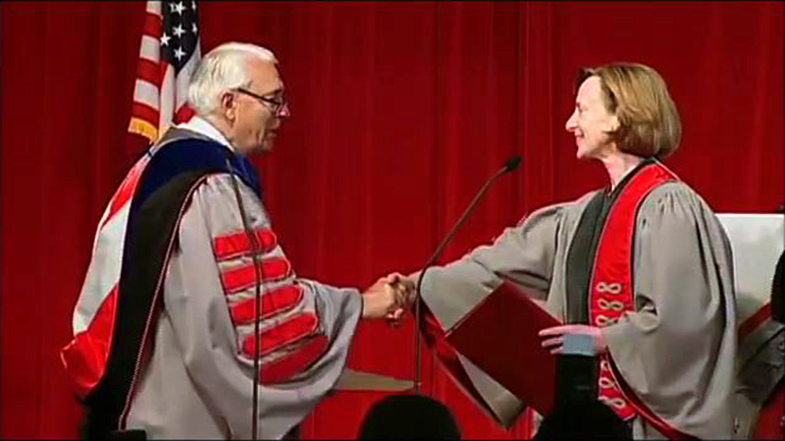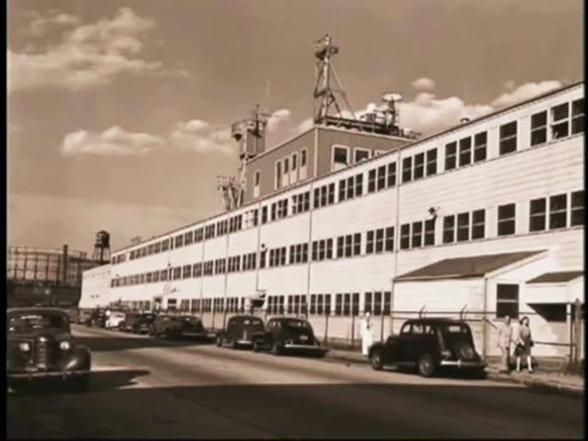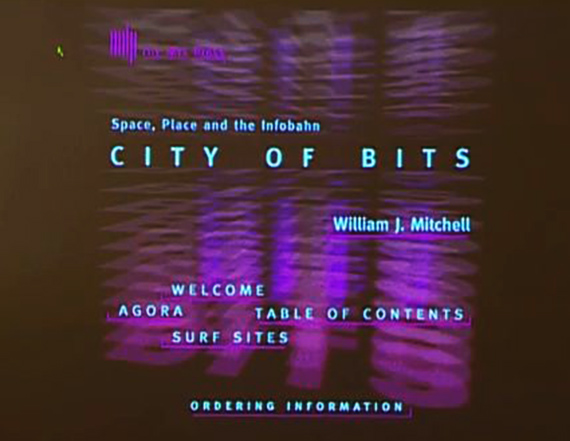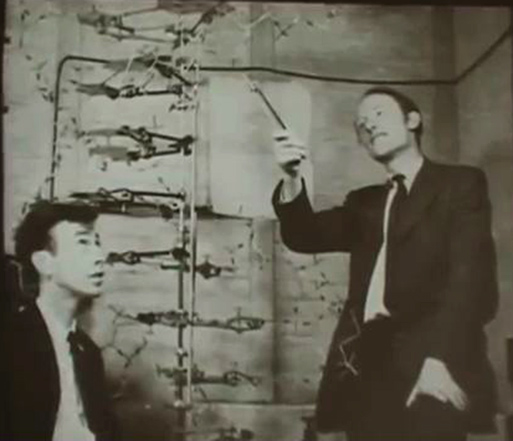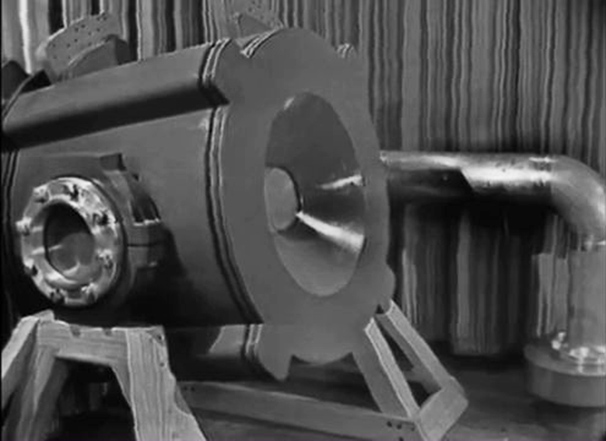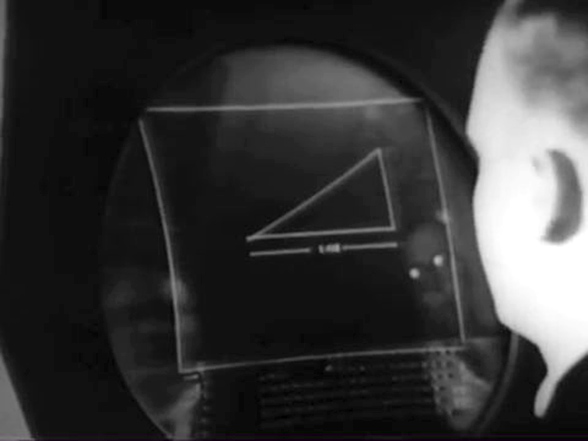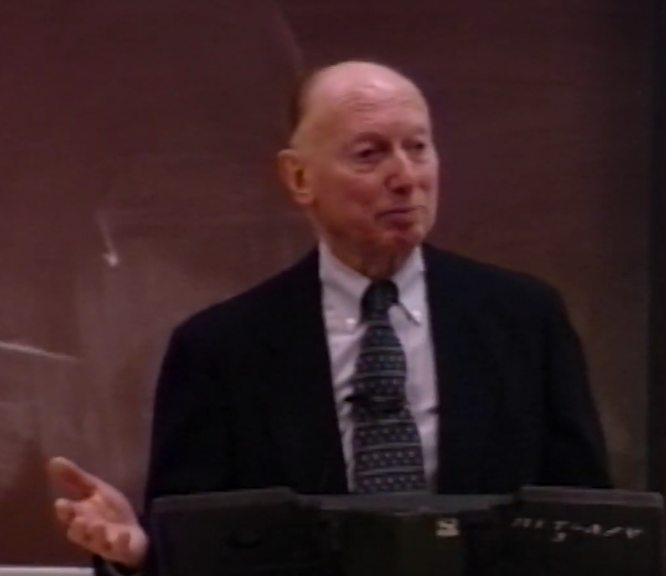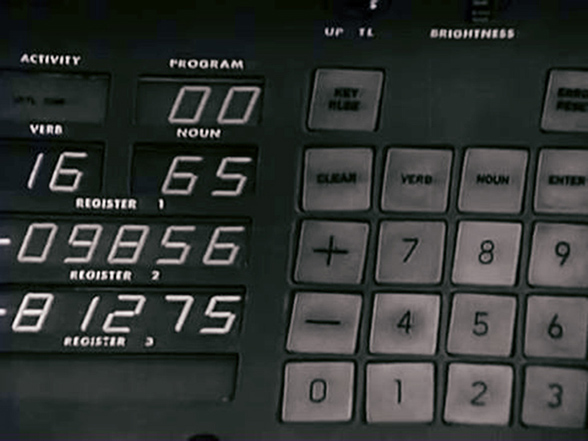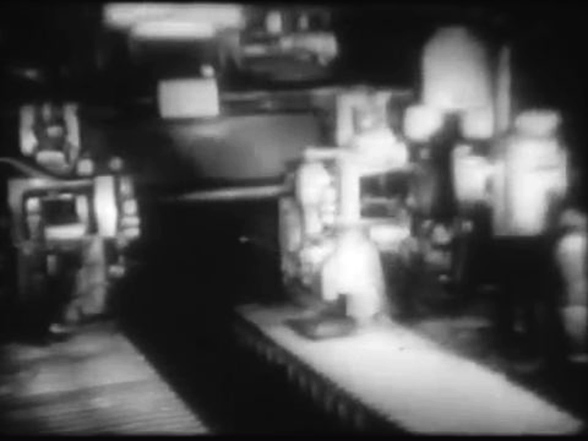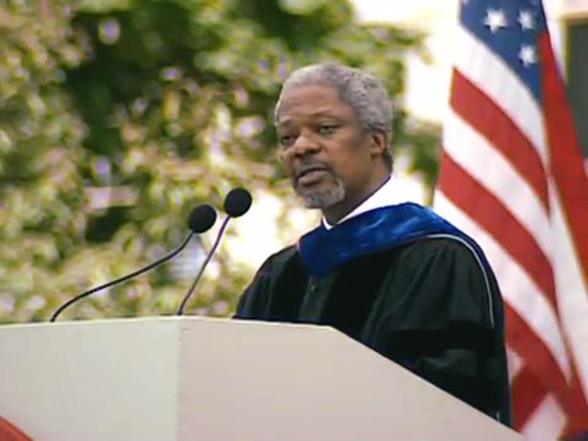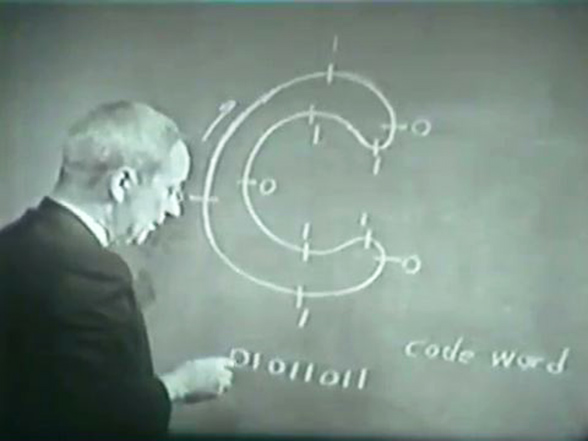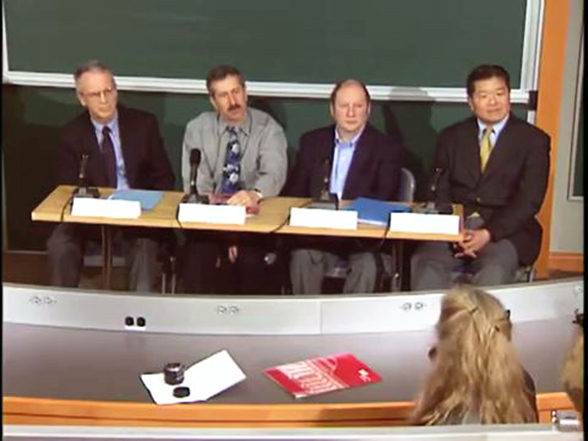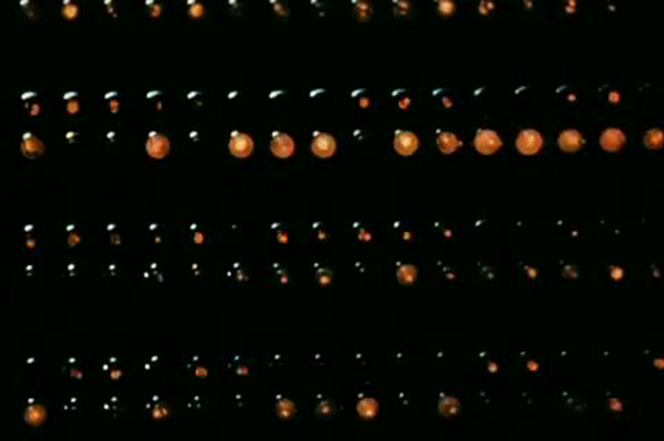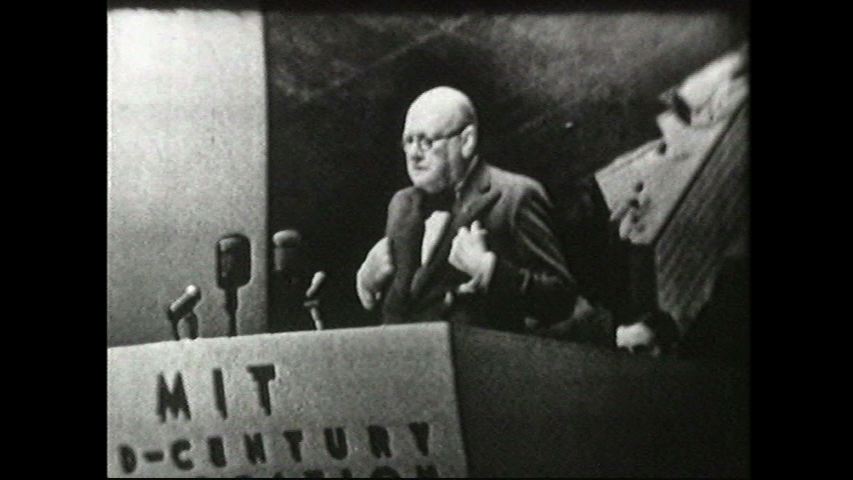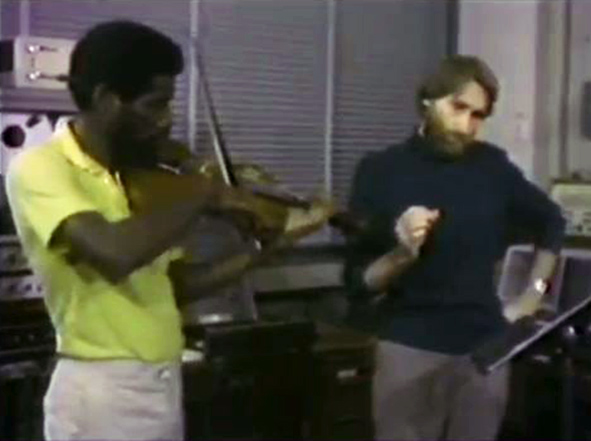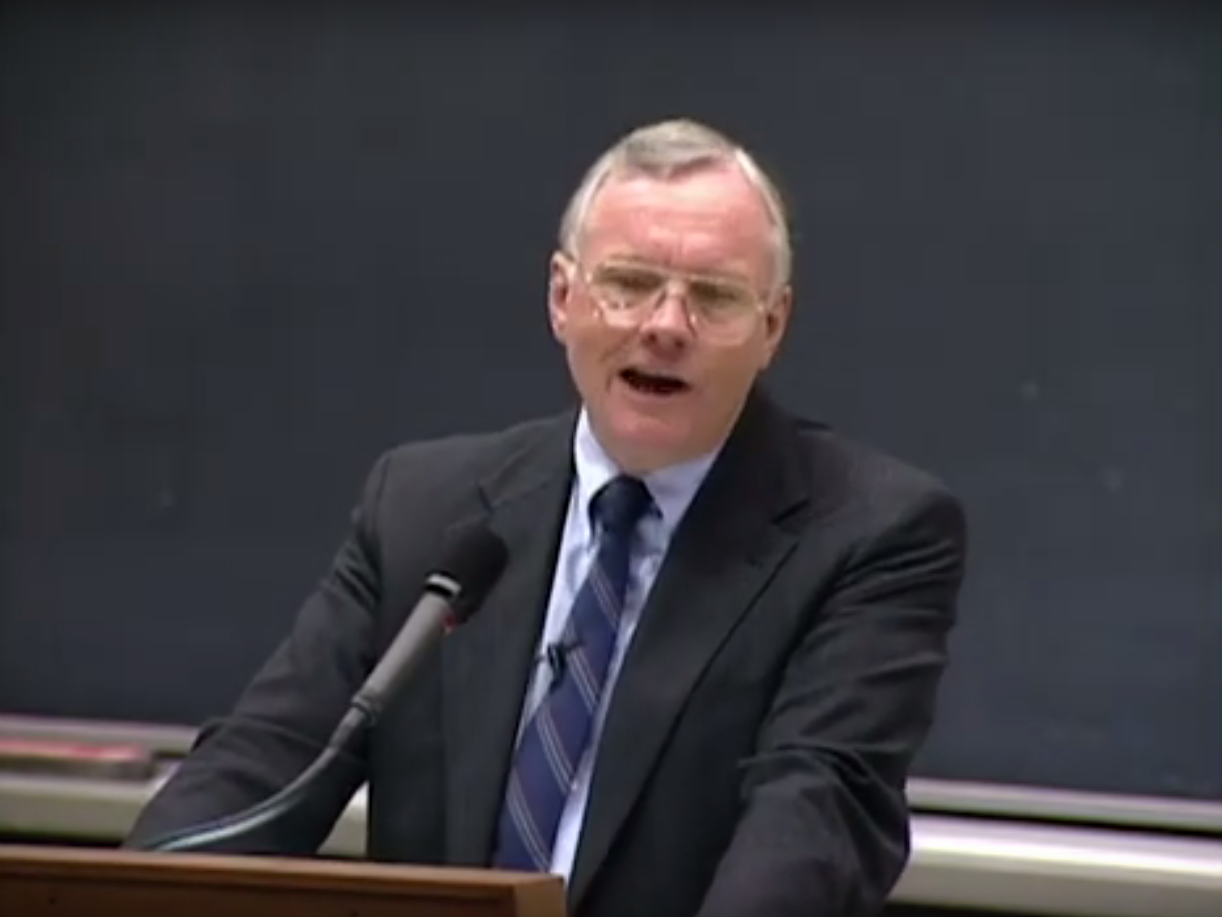"The Apollo 4 Mission" (1967)
NARRATOR: Apollo Saturn V designed to propel the United States manned lunar landing mission. 3 million parts from the labor of people at 20,000 companies, universities, and government facilities.
A first stage assembled in Louisiana using parts from Kansas, Missouri, Washington, and many other states. A second stage shipped to the Kennedy Space Center in Florida through the Panama Canal from California with a stopover in Mississippi for testing. A third stage flown from California to Florida, an instrument unit from Alabama. The spacecraft came from factories in Oklahoma, New York, and California. And electronic systems came from such widely separated sources as Massachusetts and Wisconsin. Major equipment to prepare, test, launch, guide, track, and recover the spacecraft are the products of Minnesota, New Jersey, Pennsylvania, Arizona, Ohio, Tennessee, and other states.
[MUSIC PLAYING]
The Apollo 4 mission, unmanned, first flight for Apollo Saturn V was launched into Earth orbit November 9, 1967. The Saturn V and its spacecraft stand as high as a 36 story building, and at liftoff weigh more than a US Navy destroyer. Its Earth orbital payload is 10 tons greater than John Glenn's entire Mercury Atlas space vehicle of 1962. It is moved from its assembly building by a massive crawler transporter over a roadway designed to handle the combined weight of more than 12 million pounds.
[MUSIC PLAYING]
It is watched over in minute detail by an extraordinarily complex array of facilities. It answers to a chain of electronic eyes and ears that circle the world. And it flies, of course, dictated by an assembly of advanced computers. It is the result of the work of some 300,000 Americans in the disciplines of science, engineering, technology, and management.
The entire space vehicle was to be launched in the first mission, rather than follow the step by step approach of earlier programs. A view of the Earth from the North Pole shows the planned course of Apollo. Two circular orbits, and one elliptical orbit. In addition to the liftoff from the Kennedy Space Center, the first, second, and third stage burns and insertion into circular orbit.
Other high points of the mission were the reignition of the third stage over the western Atlantic. The first spacecraft propulsion system burned over the eastern Atlantic, an 11,000 mile peak altitude over the Indian Ocean during the elliptical orbit. The second and longest spacecraft propulsion system burn over the western Pacific, the entry, and finally a landing in the Pacific, a few hundred miles northwest of Hawaii.
During the 25,000 mile per hour reentry into the Earth's atmosphere, the spacecraft was to be guided as in the lunar mission along a roller coaster flight path, heating as it encountered the atmosphere, cooling as it climbed back toward space, reheating as it again plunged into the atmosphere for the final descent.
Countdown for the launch started at the Kennedy Space Center at 6:00 AM November 7, 1967 with liftoff scheduled for precisely 49 hours later. Inexorably, large operations moved forward. Minor problems were encountered, but readily solved. Apollo 4 was tested more persistently than any previous American space vehicle. There were no indications of systems malfunctions. The countdown delays, so familiar in the early missions of previous programs, did not occur.
Almost exactly as planned, Apollo 4 lifted off at one second after 7 o'clock November 9, 1967 with its first stage delivering 7 and 1/2 million pounds of thrust. Two minutes and 32 seconds later, as scheduled, the first stage burned out and separated having consumed 4 and 1/2 million pounds of fuel.
The separation and second stage ignition were also recorded by cameras carried on board the vehicle, 40 miles above the Earth. The camera gave engineers a close up look at another event, the separation of the interstage structure. This was critically important, because clearances were extremely small between the structure and the engines.
Shown in animation, the second stage performed perfectly for more than six minutes. A source of major developmental problems, the stage propelled Apollo 4 to an altitude of more than 100 miles. Like the first stage, the second stage cut off and separated almost exactly on schedule. The third stage ignited and inserted Apollo 4 into a circular orbit, where it would remain for some three hours. In slightly more than 11 minutes,
Apollo 4 proved out Saturn's stages that had required years to develop. But the mission had over eight hours to go. Now the orbiting Apollo 4 had to be checked out remotely, in anticipation of the next series of events, and ground support facilities had to be evaluated.
Flight controllers had to prepare the third stage for its first reignition in space, a capability which must be approved for the Apollo lunar mission. One of the few irregularities of the entire flight occurred at this point, when data suggested that a valve on the Saturn V third stage had not closed as planned for the reignition. But technical skill paid off. The flight controllers quickly revised the pre-ignition sequence to compensate for the potential problem.
The third stage was fired as scheduled, propelling Apollo 4 into its elliptical orbit. Five minutes and 25 seconds later, the stage shut down. Saturn V, whose guidance computer had made over 300 million calculations since liftoff, had placed the spacecraft on course.
The third stage, and the test model of the spacecraft lunar module, fell away. The launch vehicle had done its job. A few moments later, the spacecraft's own propulsion system ignited and burned for 16 seconds, giving the spacecraft the velocity necessary to reach a peak altitude of more than 11,000 miles.
The spacecraft was oriented so that its heat shield was shaded from the sun, soaking in a temperature of 150 to 200 degrees below zero. The contrast between this cold temperature and the extremely high temperatures of reentry would put the heat shield to an especially severe test.
As Apollo 4 climbed, a camera pointing out the spacecraft window photographed part of what a future Apollo command pilot will see of our planet. These photographs were selected from a series shot every 11.4 seconds during a two hour, 12 minute period as the Earth passed in front of the spacecraft window.
Apollo 4 reached 11,232 miles above the Indian Ocean at five hours, 46 minutes, 48 seconds after liftoff, and began its descent to Earth, responding to the pull of gravity, increasing in velocity as if it were speeding down a long hill. Some two hours, 20 minutes later, the spacecraft propulsion system again ignited, burning this time for 4 and 1/2 minutes. This burn accelerated the spacecraft toward a reentry into the atmosphere at 25,000 miles per hour, a speed anticipated for the reentry of the Apollo lunar mission. The command module, which would contain the flight crew in a manned mission, was separated, then oriented with its heat shield forward.
At about eight hours, 40 minutes after liftoff, Apollo 4 entered the Earth's atmosphere. Temperatures on the heat shield, which was less than 3 inches thick, soon reached 5,000 degrees Fahrenheit. This was 1,000 degrees hotter than the launch pad flame bucket when Apollo 4 lifted off. Yet the temperature inside the command module never exceeded 70 degrees. Could we have seen the actual command module on its path toward Earth, it would have resembled a meteorite from space.
The command module splashed into the Pacific Ocean within sight of its recovery ship, the USS Bennington. Although charred, the 5 1/2 ton command module like the entire 3,000 ton Apollo Saturn V had passed the test. Further, the chain of ground facilities, and the launch and flight teams, had shown themselves equal to the task.
Some eight and a half hours after Apollo 4 roared off the launch pad at the Kennedy Space Center, the mission ended. The road to the moon is a long and difficult one, and the flight of Apollo 4 is a successful beginning.
